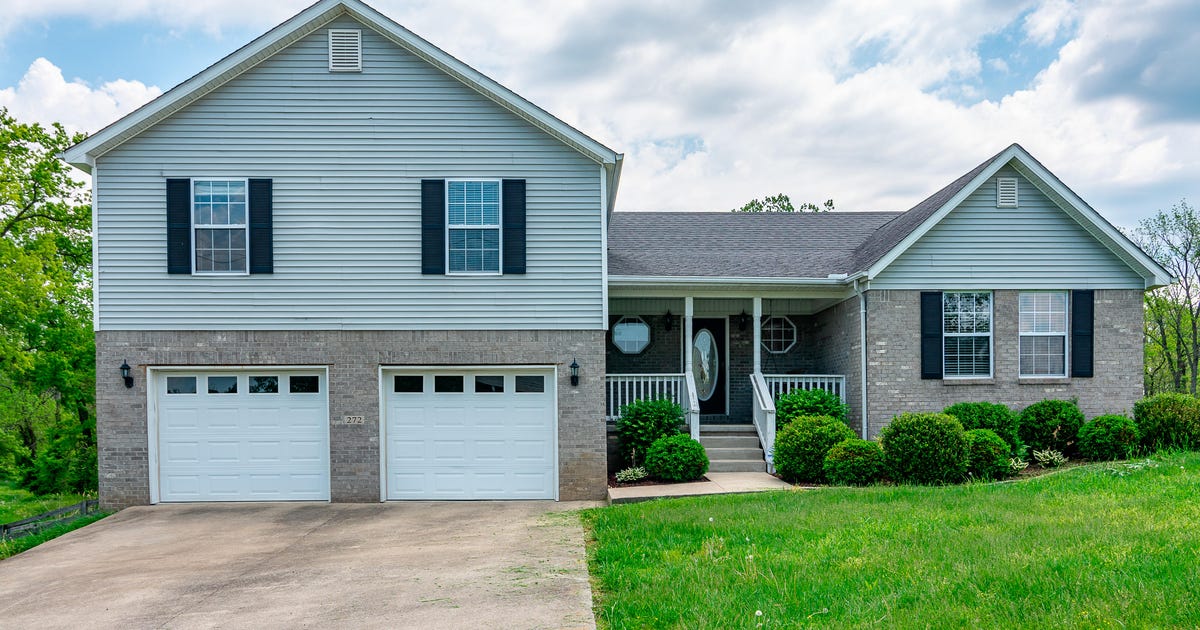Both the 15-year fixed and the 30-year fixed refinance saw their average rates rise over the past week. The average rates for 10-year fixed refinancing also increased.
Like mortgage rates, refinance rates fluctuate daily. with inflation is at a 40-year high, The Federal Reserve raised the federal funds rate five times in 2022 to try to slow it down. Although mortgage rates are not set by a central bank, rate hikes increase the cost of borrowing and ultimately affect mortgage and refinance rates and the broader housing market. Whether refinancing rates continue to rise or fall will largely depend on how things play out with inflation. When inflation cools, rates are likely to follow suit. But if inflation remains high, we may see refinancing rates continue their upward trajectory.
If refi rates are currently lower than your existing mortgage rate, you can save money by locking in your rate now. As always, consider your goals and circumstances, and compare rates and fees to find a mortgage lender that can meet your needs.
30-year fixed-rate refinance
For a 30-year fixed refinance, the average rate is currently 7.24%, up 5 basis points from last week. (A basis point is equivalent to 0.01%.) One reason to refinance a loan with a shorter 30-year loan term is to lower your monthly payment. This makes a 30-year refinance good for people who are struggling to make their monthly payments or just want a little more breathing space. Keep in mind, however, that interest rates will usually be higher compared to a 10- or 15-year refinance, and you’ll pay off the loan more slowly.
Refinancing with a fixed rate for 15 years
The average rate for a 15-year fixed refinance loan is currently 6.49%, up 3 basis points from last week. With a 15-year fixed refinance, you’ll have a higher monthly payment than a 30-year loan. However, you will also be able to pay off the loan faster by saving money over the life of the loan. You also typically get lower interest rates compared to a 30-year loan. This can help you save even more in the long run.
10-year fixed-rate refinance
The average rate for a 10-year fixed refinance loan is currently 6.69%, up 8 basis points from last week. A 10-year refinance typically has the highest monthly payment of all refinance terms, but the lowest interest rate. A 10-year refinance can help you pay off your home much faster and save you interest in the long run. Just remember to carefully consider your budget and current financial situation to make sure you can afford the higher monthly payment.
Where are the rates going
At the beginning of the pandemic, refinancing rates fell to historic lows, but since the beginning of 2022 they have been steadily increasing. The Fed recently raised interest rates by another 0.75 percentage points and is set to raise rates again to slow the economy. While it’s not clear exactly what will happen next, if inflation continues to rise, rates are likely to rise. If inflation declines, rates may level off and begin to decline.
We track refinance rate trends using data collected by Bankrate, which is owned by CNET’s parent company. Here is a table with the average refinancing rates provided by lenders across the country:
Average interest rates of refinancing
| Product | Rate | Last week | A change |
|---|---|---|---|
| 30 year fixed refi | 7.24% | 7.19% | +0.05 |
| 15 year fixed refi | 6.49% | 6.46% | +0.03 |
| 10 year fixed refi | 6.69% | 6.61% | +0.08 |
Courses for October 24, 2022
How to shop around for refinance rates
It is important to understand that rates advertised online may not apply to you. Your interest rate will depend on market conditions as well as your credit history and application.
A high credit score, low credit utilization ratio, and a history of consistent and on-time payments will usually help you get the best interest rates. You can get a good idea of average interest rates online, but be sure to talk to a mortgage professional to see the specific rates you qualify for. To get the best refinance rates, you’ll first want to make your application as reliable as possible. The best way to improve your credit score is to get your finances in order, use credit responsibly, and monitor your credit regularly. Be sure to talk to different lenders and shop around.
Refinancing can be a great move if you’re getting a good rate or can pay off the loan early – but think carefully about whether it’s the right choice for you at this time.
Is now a good time to refinance?
It’s generally a good idea to refinance if you can get a lower interest rate than your current interest rate, or if you need to change the term of your loan. When deciding whether to refinance, be sure to consider factors other than market interest rates, including how long you plan to stay in your current home, the length of the loan term, and the amount of your monthly payment. And don’t forget the fees and closing costs that can add up.
As interest rates have steadily risen since the beginning of the year, the pool of applicants for refinancing has shrunk significantly. If you bought your home when interest rates were lower than today’s rates, you probably won’t get any financial benefit from refinancing your mortgage.

